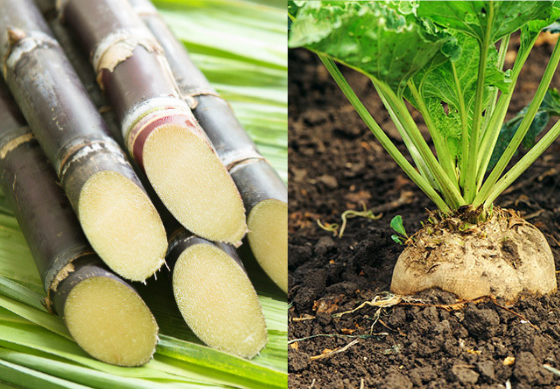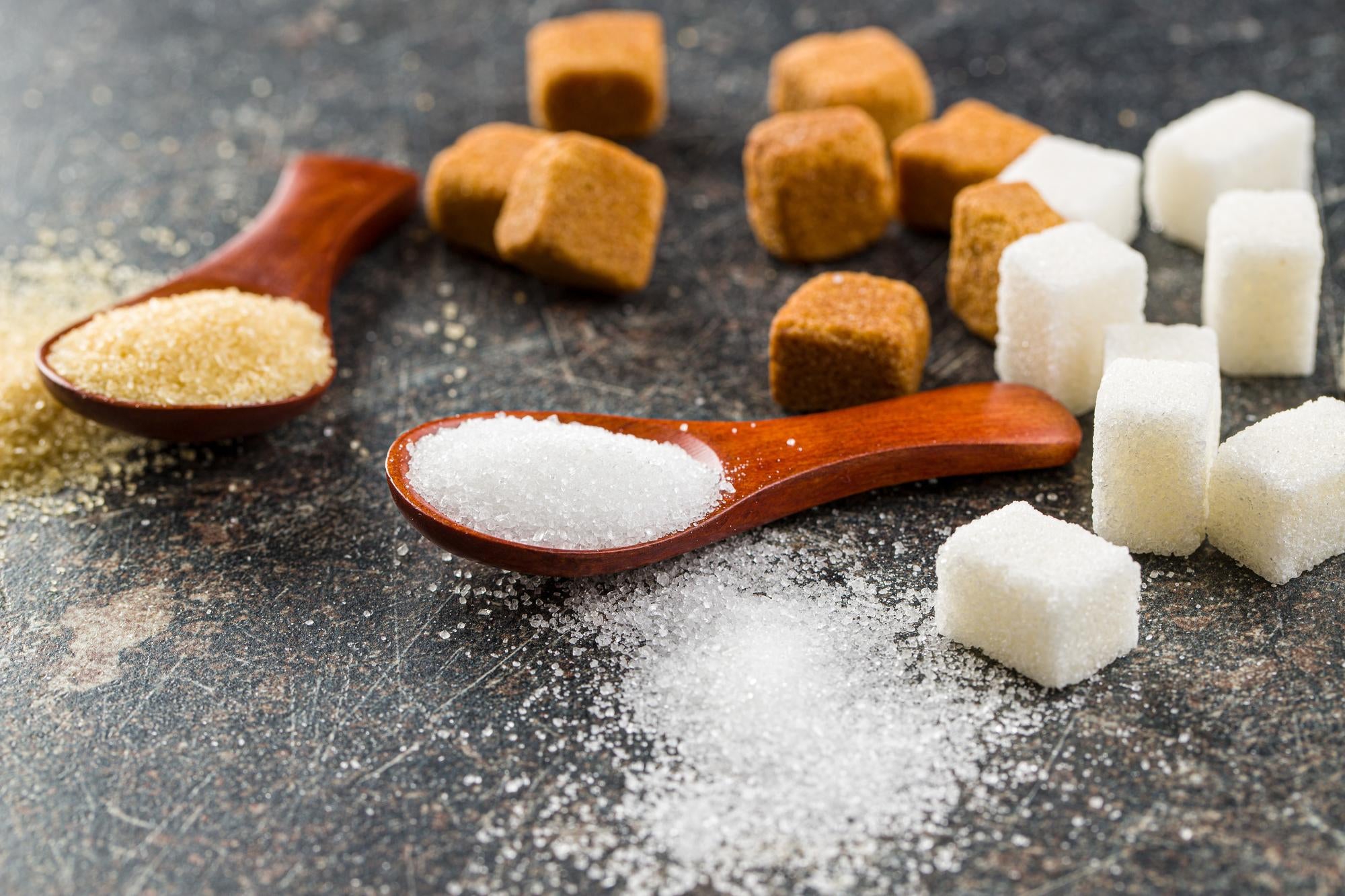Beet Sugar vs Cane Sugar: Comparing the Sugar Refining Techniques
Beet Sugar vs Cane Sugar: Comparing the Sugar Refining Techniques
Blog Article
The Ultimate Contrast: Beet Sugar vs. Cane Sugar Explained
The contrast between beet sugar and cane sugar provides a fascinating expedition of 2 primary sweeteners in the cooking world. While both sugars share an usual structure of sucrose, their beginnings, refining techniques, and flavor profiles deviate considerably.
Origins of Sugar Sources
The origins of sugar sources are primarily rooted in 2 unique plants: the sugar beet and the sugar cane. Sugar cane, an exotic lawn belonging to Southeast Asia, has been cultivated for over 2,500 years. Historically, it was very first tamed in New Guinea and later infected India, where it became an integral component of the culture and economic climate. The procedure of extracting sugar from cane came to be reputable, resulting in its prominence in profession during the Center Ages.
On the other hand, sugar beet is a reasonably modern-day source, created in Europe during the late 18th century as a reaction to sugar cane shortages. The plant prospers in warm environments, making it appropriate for cultivation in regions such as France and Germany. The effective removal of sugar from beetss marked a substantial agricultural innovation, as it gave an alternate to cane sugar, particularly during durations of trade disturbance.
Both plants have actually played essential duties in shaping the worldwide sugar industry. Their distinct growth atmospheres and historic contexts highlight the diversity of sugar resources, ultimately influencing regional agricultural techniques and financial growth.

Processing Methods Clarified
Different handling techniques are employed to remove sugar from both sugar beet and sugar cane, each customized to the details characteristics of the source material. In the case of sugar beetss, the process begins by collecting the origin and after that cleaning it to remove dirt and impurities. The beetss are then cut right into slim strips, recognized as cossettes, and based on warm water extraction, which liquifies the sugar. The resulting juice undertakes clarification, where lime and warm are used to get rid of pollutants. This juice is after that concentrated through evaporation and condensation, generating raw sugar.
Alternatively, sugar cane handling includes a different method. The cane is harvested and mechanically crushed to remove the juice. This juice is after that cleared up, typically making use of warm and lime, to eliminate pollutants. The cleared up juice is concentrated with dissipation, comparable to beet sugar processing, prior to crystallization takes place. Both processes finish in the production of raw sugar, which may undergo more refining to achieve the desired purity and high quality. Regardless of the differences in their preliminary processing stages, the end items are largely comparable, causing sugar that is chemically indistinguishable.
Nutritional Differences

When contrasting beet sugar and cane sugar, notable nutritional distinctions arise, though they are commonly refined. Both kinds of sugar are primarily composed of sucrose, offering roughly the same caloric content-- about 4 calories per gram. The distinctions exist in their trace mineral web content and the existence of particular compounds that might have marginal nutritional ramifications.
Beet sugar has percentages of iron, calcium, and potassium, while cane sugar normally provides slightly greater focus of these minerals. Furthermore, cane sugar might maintain more all-natural molasses throughout processing, which can add to trace quantities of anti-oxidants and other advantageous substances. This is especially real for less polished selections, such as raw cane sugar.
Regardless of these distinctions, both beet and cane sugars are mainly made up of easy carbohydrates, with a high glycemic index, bring about similar results on blood sugar degrees. Thus, while there are small dietary distinctions, the general health effect of taking in either kind in small amounts remains greatly equivalent. beet sugar vs cane sugar. Individuals seeking to minimize sugar consumption for wellness factors need to take into consideration both kinds with equal scrutiny, concentrating on total nutritional patterns as opposed to the resource of sugar
Preference Accounts Contrasted
Taste accounts of beet sugar and cane sugar show distinctive features that can affect their cooking applications. Cane sugar, frequently viewed as having a more complex, nuanced sweetness, is acquired from the high turf of the sugar cane plant.
On the other hand, beet sugar, extracted from sugar beetss, is understood for its cleaner, much more simple sweet taste. This high quality makes it especially suitable for recipes requiring a neutral sweetening agent that enables various other anchor tastes to beam. Some cooking experts suggest that beet sugar may leave a somewhat earthy aftertaste, which can be undesirable in delicate desserts.
Moreover, the understanding of sweetness intensity ranges the 2, with some cups identifying cane sugar as sweeter compared to beet sugar at equal measurements. Inevitably, the choice in between beet and cane sugar may depend on the particular application, with each sugar offering unique characteristics that can enhance or enhance numerous dishes. Comprehending these distinctions permits for educated choices in culinary techniques.

Environmental Influence
The environmental effect of sugar production-- whether from beet or cane-- has actually garnered boosting focus in the last few years as a result of its ramifications for sustainability and eco-friendly health and wellness. Both sugar sources show distinct environmental footprints, influenced by agricultural techniques, land use, and source consumption.
Cane sugar production frequently demands big locations of tropical land, which can bring about deforestation and loss of biodiversity. Additionally, the growing of sugarcane is often associated with high water use and considerable chemical and fertilizer application, adding to soil deterioration and water contamination.
Alternatively, beet sugar is predominantly expanded in temperate areas, typically calling for much less water and land. However, its cultivation can still entail the usage of chemical inputs, impacting regional ecological communities. In addition, the energy-intensive handling of beet sugar can contribute to greenhouse gas exhausts.
Sustainable farming methods and advancements in innovation are necessary for reducing the environmental impacts of sugar manufacturing. Organic farming approaches, incorporated insect administration, and reliable water use can boost the sustainability of both beet and cane sugar markets, eventually resulting in a decreased ecological impact and a much healthier planet.
Verdict
In summary, the comparison between beet sugar and cane sugar highlights both similarities and differences that influence their application. Cane sugar is identified by its complex sweetness, while beet sugar presents an extra straightforward taste.
The origins of sugar sources are primarily rooted in 2 distinctive plants: the sugar beet and the sugar cane.Various handling techniques are used to draw out sugar from both sugar beet and sugar cane, each tailored to the certain qualities of the source material.Beet sugar contains little quantities of iron, calcium, click site and potassium, while cane sugar usually supplies a little greater concentrations of these minerals.Regardless of these distinctions, both beet and cane sugars are primarily composed of straightforward carbs, with a high glycemic index, leading to comparable effects page on blood sugar degrees. Cane sugar, commonly viewed as having a more intricate, nuanced sweet taste, is acquired from the high turf of the sugar cane plant.
Report this page